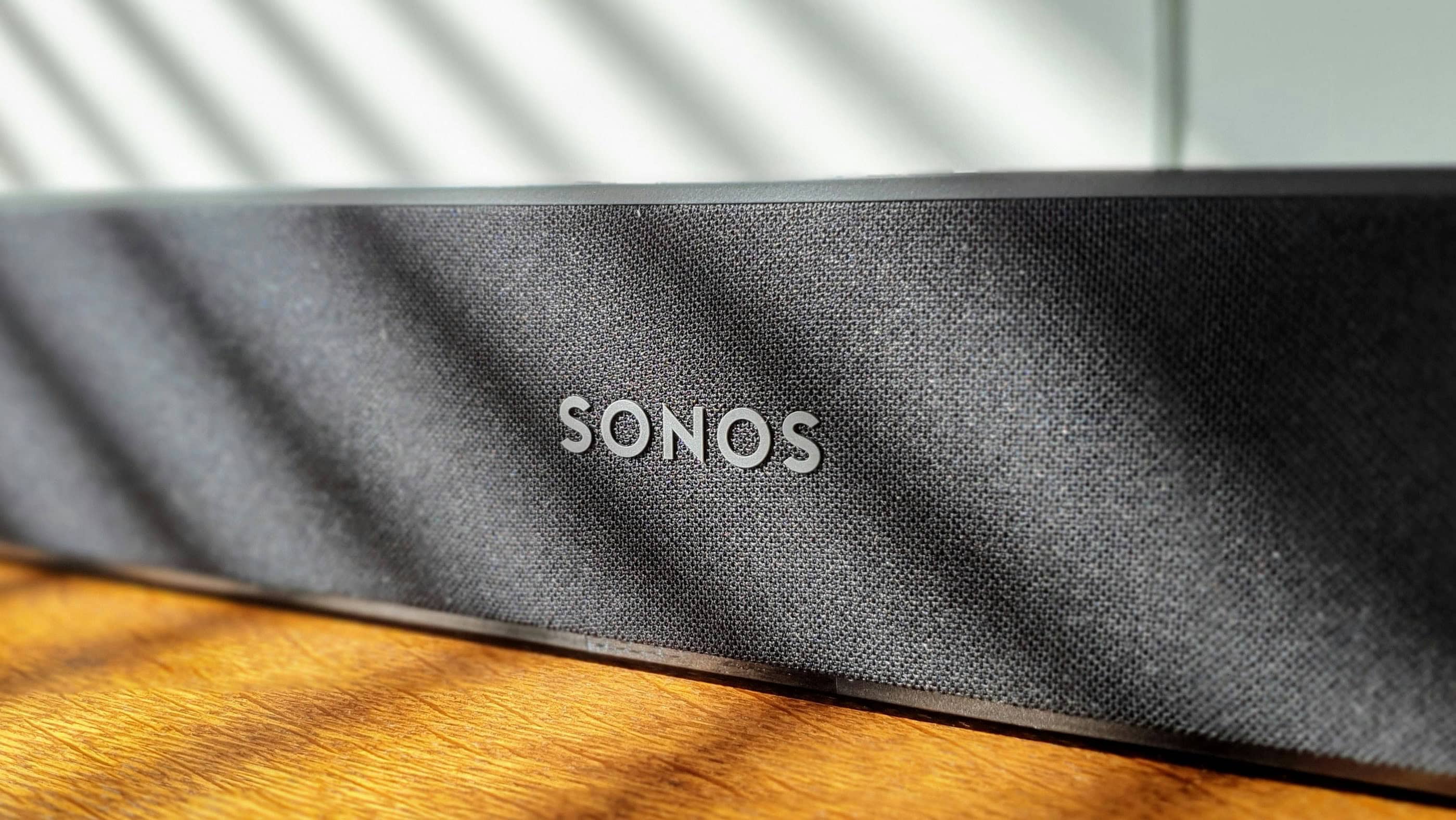Exclusive: Inside Sonos' Abandoned MagSafe Speaker Dream

In an intriguing glimpse behind the scenes of audio innovation, Sonos revealed that it once developed a prototype speaker specifically designed for iPhones, leveraging Apple's MagSafe magnetic technology. The ambitious project, however, never made it to production, ultimately being shelved due to significant challenges in both market viability and technical feasibility.
The prototype represented an exciting exploration of how wireless speakers could more seamlessly integrate with mobile devices, using MagSafe's magnetic attachment system to create a unique, secure connection between the iPhone and speaker. Despite the promising concept, Sonos engineers encountered substantial obstacles that prevented the product from moving beyond the experimental stage.
Key limitations included restricted market potential and technical constraints that made the specialized speaker less practical than initially envisioned. While the project ultimately did not progress to a commercial release, it demonstrates Sonos' ongoing commitment to innovative audio solutions and willingness to explore cutting-edge design concepts.
This behind-the-scenes revelation offers tech enthusiasts a fascinating look into the research and development processes of a leading audio technology company, highlighting the complex journey from initial concept to potential market product.

